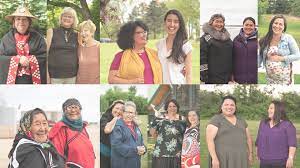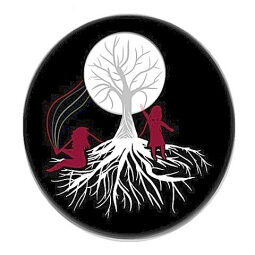Upholding Rights in Education
The following video was created by numerous respected Indigenous community members, knowledge keepers and Elders. This video is a message to educators with suggestions on what to avoid and what to include when teaching about Indigenous peoples. As well, a slide deck which outlines the rights and protections of Indigenous peoples with respect to education, has been provided. This includes examples from Indigenous students on their experiences in school and how educators can ensure that schools and classrooms are places of safety as opposed to spaces of harm.
Message to Teachers Video
Upholding Rights in Education: A Guide for Educators in Understanding Indigenous Rights
Celebrating Excellence, Achievements and Inspiration
While it is important to bring to light the realities of colonialism, it is critical that educators spend an equal amount of time on the resistance, resilience and incredible contributions by Indigenous Peoples. The following resources provide opportunities to highlight and share the positive contributions made every day by First Nations, Inuit and Métis peoples.
Contributions
Heroes: Indigenous Role Models
This series of bilingual comics featuring Indigenous "heroes" was created for the 2019 year of Indigenous Languages, and to share positive role models in schools. Each comic has an accompanying movie-sized poster with a link to a Youtube video. For more information & to order copies, please contact Alison Bradshaw
Email: [email protected]

She is Indigenous
Strong. Resilient. Inspiring. Wise. Nurturing. Trailblazing. Compassionate.
Indigenous women have always been strong and by listening to their words, acknowledging their experiences, and learning about their unique challenges, we can together take steps towards respect and equality.
Contributions to Science
The Science curriculum requires students to explore various careers related to the areas of science under study and to research the education and training required for these careers (see the expectations in the first strand of every course in the program, “Scientific Investigation Skills and Career Exploration”).
The science program should provide students with access to materials that reflect diversity with respect to gender, race, culture, and ability. Diverse groups of people involved in scientific activities and careers should be prominently featured.
It is important that learning activities include opportunities for students to describe, study, or research how women and men from a variety of backgrounds, including Indigenous peoples, have contributed to science, used science to solve problems in their daily life and work, or been affected by scientific processes or phenomena.
Here are some examples:
- Hohepa Hei (PDF)
- Nancy Rowe (PDF)
- Kiri Reihana Spraggs (PDF)
- Dr. Bill Morrison (PDF)
- Beedahbin Peltier (PDF)
